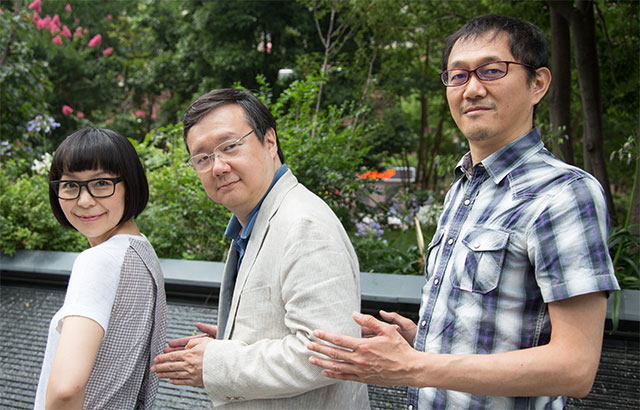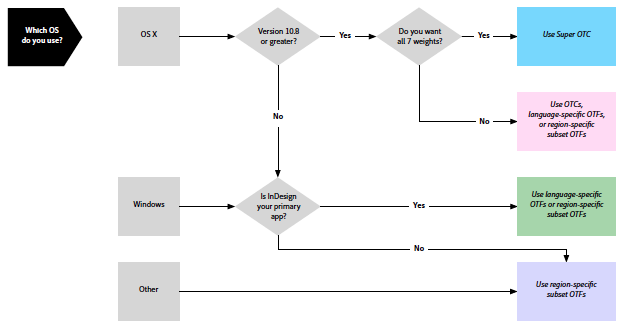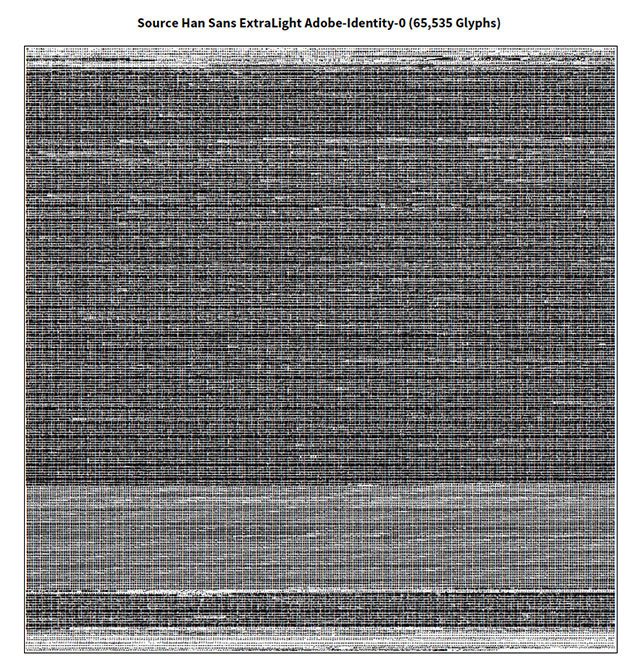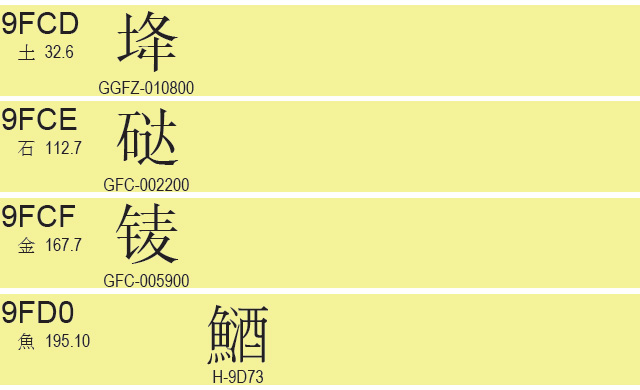
The Moji_Joho IVD Collection was first introduced via PRI 259 last December, which initiated a mandatory—according to UTS #37—90-day Public Review Period. The submitter received three sets of comments, and after making minor changes, submitted the materials for registering the new IVD collection, along with its initial set of IVSes. The Moji_Joho IVD Collection and its initial set of IVSes were officially registered on May 16, 2014, which represents the fourth version of the IVD (Ideographic Variation Database).
The 2014-05-16 version of the IVD thus registers a new IVD collection, Moji_Joho, along with its initial set of 10,710 IVSes, 9,685 of which are shared—through mutual agreement—with the registered Hanyo-Denshi IVD Collection. Some enhancements were also made to the IVD_Stats.txt file, specifically that the shared IVSes are explicitly listed at the end of the file.
One additional statistic is that the highest VS (Variation Selector) used is currently VS48 (U+E011F), meaning that 32 of the 240 VSes allocated for IVS use are now being used. Of course, it is relatively easy to figure out with which BC (Base Character) VS48 is used, and an educated guess would be that it is either U+9089 (邉) or U+908A (邊). It is the former:
9089 E011F; Moji_Joho; MJ026193

The highest VS used with the latter BC is currently VS37 (U+E0114).
As the IVD Registrar, I’d like to use this opportunity to thank everyone who made the effort to review PRI 259. I’d also like to congratulate those who prepared the Moji_Joho IVD Collection for both review and registration.











